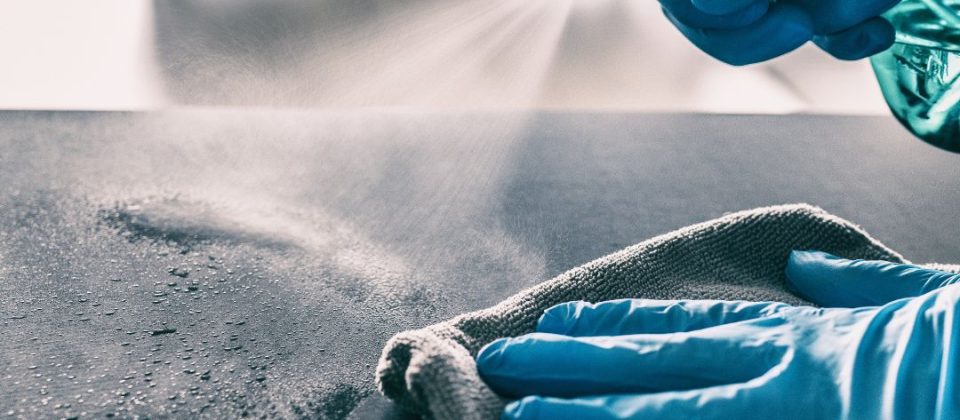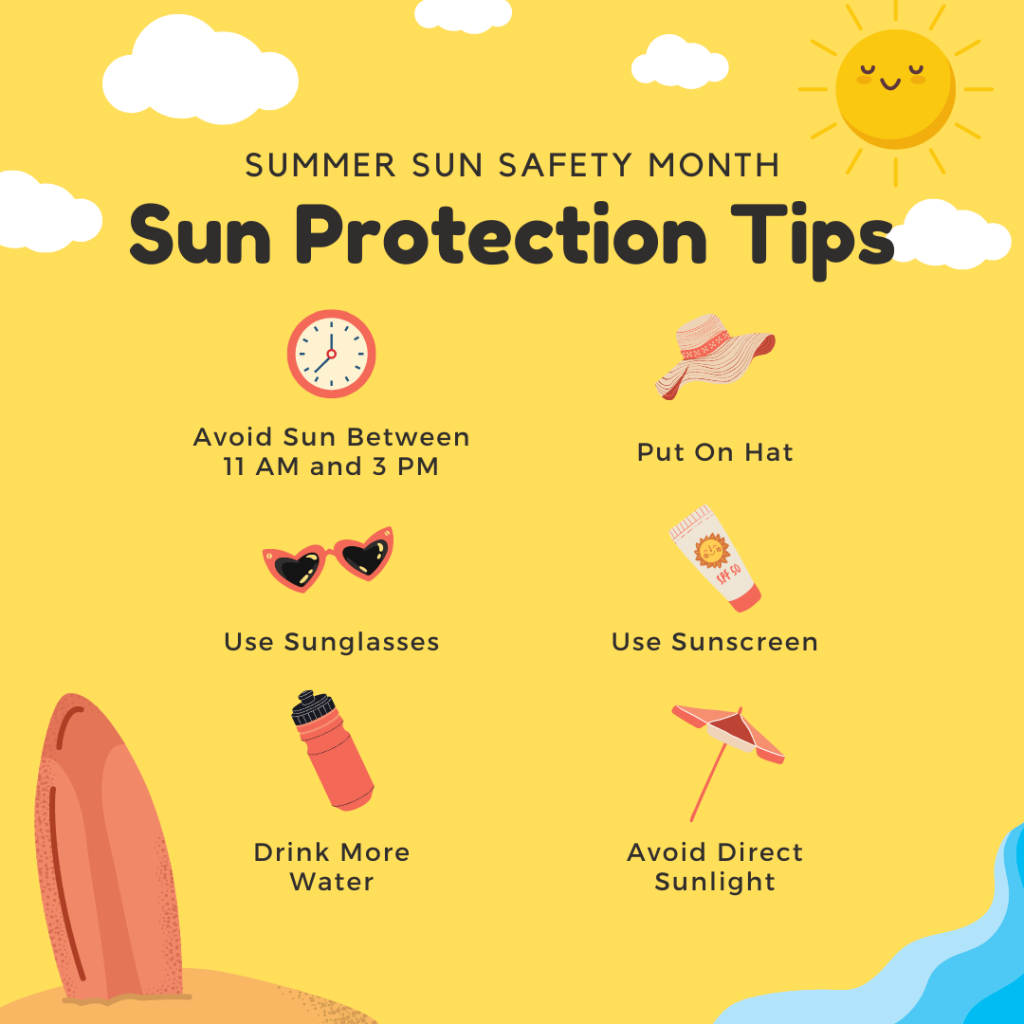
Basic Infection Control
 Universal precautions were introduced by the Centers for Disease Control (CDC) in 1985, mostly in response to the HIV epidemic. Universal precautions are a standard set of guidelines to prevent the transmission of bloodborne pathogens from exposure to blood and other potentially infectious materials.
Universal precautions were introduced by the Centers for Disease Control (CDC) in 1985, mostly in response to the HIV epidemic. Universal precautions are a standard set of guidelines to prevent the transmission of bloodborne pathogens from exposure to blood and other potentially infectious materials.
Universal precautions refers to certain infection-control steps that health care professionals take to reduce the risk of transmitting infectious diseases. The scientific basis of universal precautions is that individuals should treat any blood or bodily fluid as though it contains an infectious agent. Universal precautions assume that all bodily fluids are dangerous and to treat them accordingly. This not only protects caregivers, but also, by applying the same procedures to everyone, removes the stigma or embarrassment that might be associated with glove-and-mask use around highly infectious patients.
Cut the Chance of Illness
Control the spread of germs around the house with simple steps:
Prevent cross-contamination. Use a different implement (broom, mop, sponges) for each cleaning task in the kitchen and bathroom.
Disinfect cutting boards after each use. And use separate cutting boards: one for vegetables and fruits, and one exclusively for meats.
Replace sponges frequently. Between uses, clean sponges with an antibacterial cleaning product and let air dry or microwave a wet, not dry, sponge for two minutes.
Empty the vacuum. Dangerous organisms, such as Salmonella, could be multiplying in the vacuum cleaner bag to be released into the air every time you vacuum. Bagless vacs empty after every use. For vacs with collection bags, empty at least monthly.
Disinfect the garbage can. Plastic liners do leak, allowing waste to collect in the bottom of the can. When the container bag is put on the floor or counter, bacteria spread to that surface, as well as to hands. Clean and disinfect the garbage can weekly and use anti-bacterial bags.
Clean the can opener. Juice or food left on the blade after opening a can invites bacterial growth.
Change the towels. Bath towels harbor cells and their bacteria. Hang towels unfolded to let them air dry and replace them with clean towels after three uses.
Protect your toothbrush. Every time an open toilet is flushed, a fine mist of fecal matter and bacteria sprays 20 feet into the air. Keep your toothbrush in a drawer or cabinet. Sanitize the toothbrush daily by soaking it in peroxide or antibacterial mouthwash. Even though the germs on your toothbrush are your own, they can multiply to enormous numbers between uses.
Handwashing

Washing your hands frequently with soap and water is an easy way to prevent germs from spreading around your kitchen and to other foods.
Washing hands is important even if you’re wearing gloves. Be sure to wash your hands before and after using gloves to prevent the spread of germs. You can contaminate gloves with germs from your hands when you put them on. Contaminated gloves can spread germs to your hands when you remove them.
Key times to wash hands in the kitchen:
- Before, during, and after preparing any food.
- After handling raw meat, poultry, seafood, and eggs.
- After touching garbage.
- After wiping counters or cleaning other surfaces with chemicals.
- After touching pets, pet food, or pet treats.
- After coughing, sneezing, or blowing your nose.
- Before eating.
Follow Five Steps to Wash Your Hands the Right Way
Handwashing is one of the most effective ways to prevent the spread of germs, but it’s important to follow these five steps every time:
- Wet your hands with clean, running water (warm or cold), turn off the tap, and apply soap.
- Lather your hands by rubbing them together with the soap. Lather the backs of your hands, between your fingers, and under your nails.
- Scrub your hands for at least 20 seconds. Need a timer? Hum the “Happy Birthday” song from beginning to end twice.
- Rinse your hands well under clean, running water.
- Dry your hands using a clean towel or air dry them
Memory Care- Dementia Care and Hand Washing
Establishing daily routines provides comfort and reduces confusion. Guide the person in your care to the sink and tell her step-by-step how to wash her hands. Explain to her what you are going to do next. Too strong water flow can be frightening for a person with dementia.
Taking Care of Yourself-Showers or Baths?
Unless you have certain skin conditions that would benefit from a bath soak, such as an oatmeal bath for eczema or skin infections, experts recommend taking showers instead of baths. Soaking in soapy bath water for long periods can be irritating.
Also, showering too often can dry the skin. Minimize overall skin dryness, irritation and itching by using gentle cleansers or bar soaps that contain moisturizing ingredients.
If you perspire heavily and care for seniors or other immuno-compromised people you may need to shower daily. If you have eczema or dry or sensitive skin and want to clean your body every day, keep your showers short and warm, not hot water. Simply apply soap to the parts that need it: the hands, feet, armpits, groin, and parts of the body that are sweaty or dirty.
Source: New York Times “It Might Be Fine to Skip a Shower”
Safety Tips- Handling Soiled Laundry
As a caregiver you are around a lot of soiled laundry. Stay safe:
- Always use latex gloves when handling soiled laundry.
- Carry dirty linens away from your body.
- Never shake soiled linens. (Germs may contaminate the floor and be spread throughout the house on the soles of shoes.)
- Use a leak-proof plastic bag, tied shut, for linen that contains body fluids or waste.
- Bag soiled laundry in the same place where it is used.
- Wash soiled linen separately from other clothes.
- Fill the machine with hot water, add ¼ cup bleach and detergent, rinse twice, and then dry.
- Clean the washer by running it through a cycle with one-cup bleach or other disinfectant. Remember, wash your hands before going on to another task!


